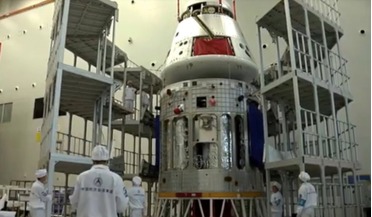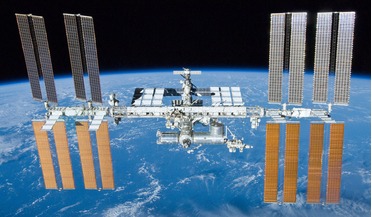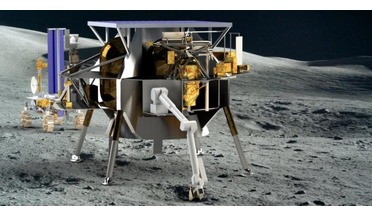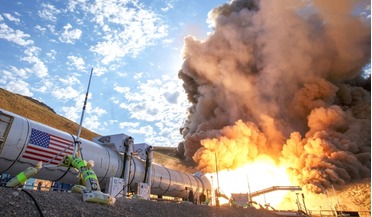 02 October 2019
First look at China's new spacecraft capable of deep-space travel
02 October 2019
First look at China's new spacecraft capable of deep-space travel
... spacecraft after the nation signed a deal with Russia in 1995 for the transfer of Soyuz technology, including life support and docking systems. While it functions adequately for its purpose, it is not designed for example to withstand a high...
 14 December 2020
Systems shutdown as ISS suffers from power and oxygen failures
14 December 2020
Systems shutdown as ISS suffers from power and oxygen failures
...continuous power to ensure that the station can sustain life-support systems during the 35 minutes of every 90 minute ... projected at $1.2 billion in 2024, NASA, who plans to end its support of the ISS in 2024, has said it is unlikely that a private...
 17 May 2021
European startup to produce oxygen from lunar soil for ESA 2025 mission
17 May 2021
European startup to produce oxygen from lunar soil for ESA 2025 mission
... could be used in manufacturing applications. “Today spacecraft must carry all the oxygen they need, for propulsion or life support, from Earth for the entire mission. Enabling spacecraft to “fill up” in space with locally sourced resources, such...
 February 2016
Protecting Earth from cosmic disasters
February 2016
Protecting Earth from cosmic disasters
...of the explosion: affected area, scale of destruction and loss of life. The results of the assessment in this case can be seen...personnel, emergency and technical crew, mechanical equipment and life-support systems can be determined. Thus, for the ...
 November 2016
Moon or Mars - NASA’s next logical step?
November 2016
Moon or Mars - NASA’s next logical step?
... generators will be essential for energy and astronauts will need long duration habitation modules which include life-support systems, radiation safety, protection from the environment, and medical facilities. In contrast, the ISS is Earth-reliant...
 February 2020
Surviving bacteria in space
February 2020
Surviving bacteria in space
... clogging, which can result in the technical failure of life support systems such as water recycling units, radiators or even ...decontamination before venturing too far – to a point where support and rescue operations from Earth will not be possible....